Expansion of the Aviation Sector
The expansion of the aviation sector is a key driver for the Aviation Borescope Market. As air travel continues to grow, the number of aircraft in operation is increasing, leading to a higher demand for maintenance and inspection services. The International Air Transport Association (IATA) forecasts that passenger numbers will reach 8.2 billion by 2037, which will necessitate a corresponding rise in aircraft maintenance activities. This growth presents a significant opportunity for the Aviation Borescope Market, as operators seek efficient and effective inspection solutions to manage their expanding fleets. Additionally, the rise of low-cost carriers and the emergence of new markets are likely to further stimulate demand for borescope technologies, as these entities prioritize cost-effective maintenance practices to remain competitive.
Increased Demand for Aircraft Maintenance
The Aviation Borescope Market is experiencing heightened demand for aircraft maintenance solutions. As airlines and operators prioritize safety and efficiency, the need for regular inspections has surged. This trend is driven by the increasing number of aircraft in service, which is projected to reach over 39,000 by 2035. Consequently, the Aviation Borescope Market is witnessing a corresponding rise in the adoption of advanced borescope technologies that facilitate non-destructive testing and inspection. These tools enable technicians to conduct thorough examinations of engine components and airframes without disassembly, thereby reducing downtime and maintenance costs. The emphasis on operational efficiency and safety compliance further propels the market, as stakeholders seek reliable solutions to ensure airworthiness and minimize operational disruptions.
Growing Focus on Safety and Risk Management
Safety and risk management are paramount in the Aviation Borescope Market. With increasing scrutiny on aviation safety, stakeholders are compelled to adopt rigorous inspection protocols. Borescopes play a crucial role in identifying potential hazards before they escalate into serious issues. The emphasis on proactive maintenance strategies is likely to drive the demand for advanced borescope technologies. Airlines and maintenance organizations are investing in these tools to enhance their safety measures and mitigate risks associated with aircraft operations. Furthermore, the Aviation Borescope Market is expected to benefit from the growing trend of safety audits and assessments, which require comprehensive inspection reports. This focus on safety not only protects passengers and crew but also safeguards the reputation of airlines and manufacturers.
Technological Innovations in Borescope Design
Technological innovations are significantly shaping the Aviation Borescope Market. Recent advancements in imaging technology, such as high-definition video and 3D visualization, enhance the capabilities of modern boroscopes. These innovations allow for more detailed inspections, enabling technicians to identify potential issues with greater accuracy. The integration of artificial intelligence and machine learning into borescope systems is also emerging, providing predictive maintenance insights that can preemptively address potential failures. As a result, the Aviation Borescope Market is likely to see increased investment in these advanced technologies, which not only improve inspection quality but also streamline maintenance processes. The growing emphasis on data-driven decision-making in aviation further underscores the importance of these technological advancements.
Regulatory Standards and Compliance Requirements
The Aviation Borescope Market is significantly influenced by stringent regulatory standards and compliance requirements. Aviation authorities worldwide mandate regular inspections of aircraft components to ensure safety and reliability. These regulations necessitate the use of advanced inspection tools, including boroscopes, to meet compliance standards. As regulations evolve, the demand for high-quality borescope solutions is expected to rise. For instance, the Federal Aviation Administration (FAA) and the European Union Aviation Safety Agency (EASA) have established guidelines that require detailed inspections of critical engine components. This regulatory landscape compels operators and maintenance organizations to invest in reliable borescope technologies, thereby driving growth in the Aviation Borescope Market. The need for compliance not only enhances safety but also fosters a culture of accountability within the aviation sector.


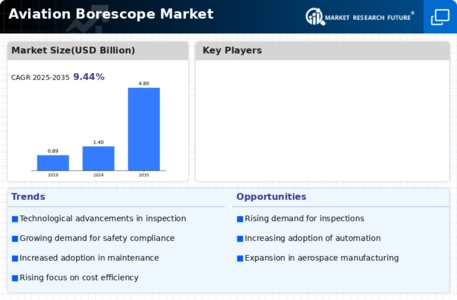
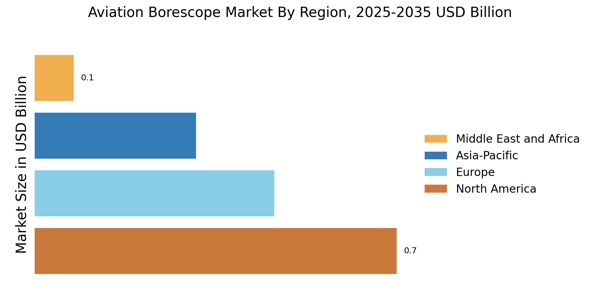

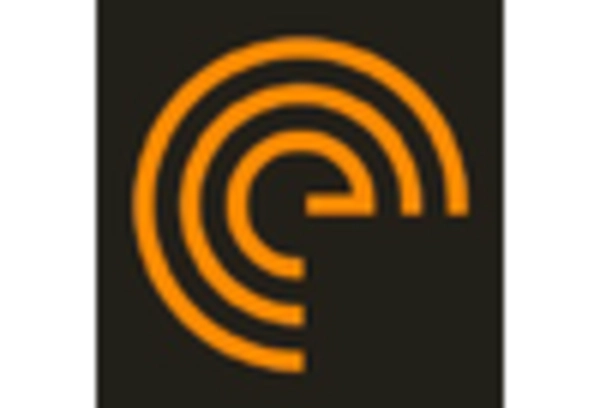
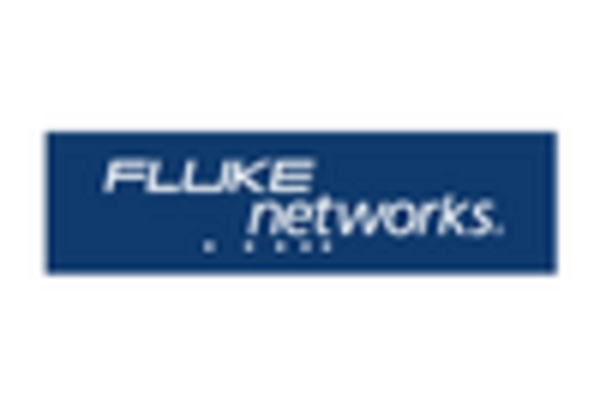
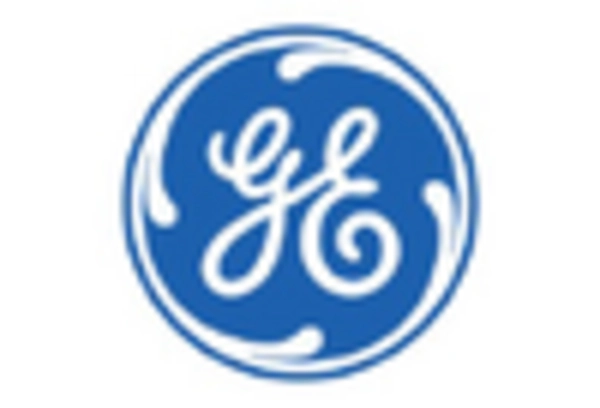
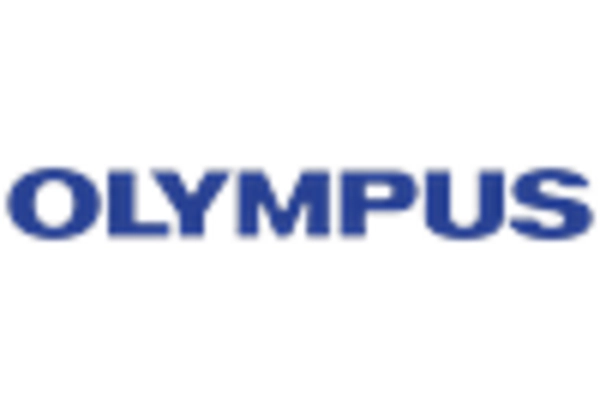
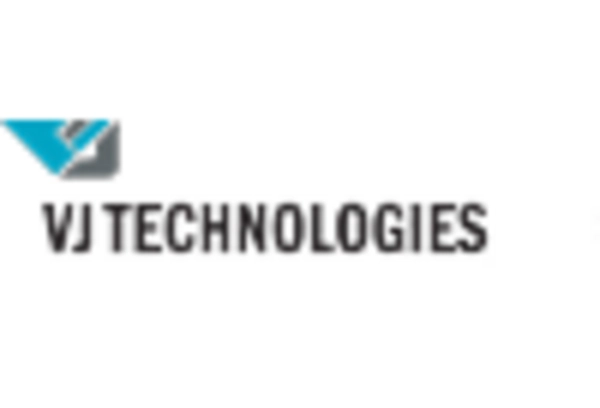








Leave a Comment